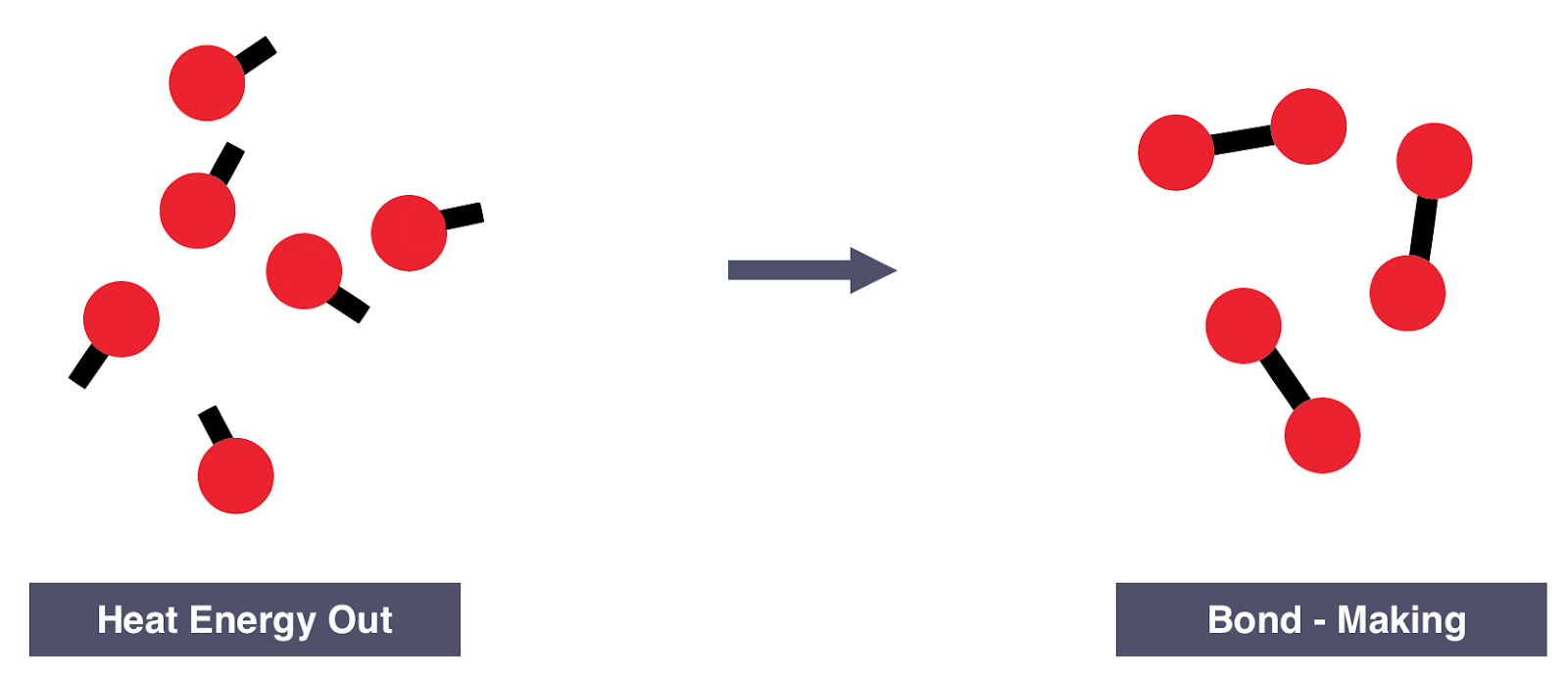Overview:
Balancing REDOX reactions can be more difficult than balancing any normal equation; however, there are steps that you can take to ensure that you do it correctly and end up with the correct answer.
The first thing you need to know in order to balance REDOX reactions is elements Oxidation Numbers. To make things easier, there are elements that have simple rules to determine their oxidation numbers:
Group 1 metals – Always +1
Group 2 metals – Always +2
Oxygen – typically -2 (see exceptions below)
Hydrogen – mostly +1 (see the one exception below)
Halogens – Almost always -1
The sum of all oxidation numbers in a compound must equal the total charge of that compound.
Oxygen Exceptions
If the oxygen is in peroxide such as H2O2, each oxygen will have an oxidation state of -1 instead of -2. If Oxygen is in the compound is in F2O it will have an oxygen state of +1.
Hydrogen Exceptions
The only hydrogen exception is when you find the hydrogen in a hydride such as NaH, LiH etc. In these cases, hydrogen will have an oxidation state of -1.
Solving for Unknown Oxidation Numbers
Now, we have to determine the oxidation states of other elements in a compound. To do this, we simply determine oxidation numbers of other elements in the compound that we already know (based on the rules provided above) and then use these numbers to determine the oxidation number of the element we are looking at. Please note that the charge of a compound is always equal to the sum of all oxidation numbers.
Let’s take a look at the following examples:
Mn2+ – Manganese is not on our list of rules. However, we know what the oxidation number is based on the charge. Remember it is always the same as the charge of the compound or ion. Therefore, the oxidation number for Manganese in Mn2+ is +2.
O2 – You may jump to conclusions and say that each oxygen has an oxidation number of -2. Note that the charge on oxygen is zero. This indicates that the sum of the oxidation numbers for each oxygen molecule must equal zero. As such, each Oxygen will have an oxidation state of zero.
KMnO4 – These polyatomic compounds may seem very difficult, but with any chemistry question, let’s break it down. Potassium (K) is in the first group in the periodic table. Our rule for group one elements is that they always have an oxidation state of +1. Therefore, K has an oxidation state of +1. For Oxygen, since it is not in peroxide, so each oxygen has a state of -2. Now let’s solve for Mn. To do so set up the following equation:
1K + 1Mn + 4O = 0. Remember the sum of the oxidation states must equal the total charge.
(+1) + 1Mn + (4*-2) = 0
1 + Mn – 8 = 0
Mn – 7 = 0
Mn = 7
Solving this equation, we get an oxidation charge of +7 for Mn.
Following the rules listed here will provide you with a simple method to follow when determining the oxidation numbers of individual elements.
SchoolTutoring Academy is the premier educational services company for K-12 and college students. We offer tutoring programs for students in K-12, AP classes, and college. To learn more about how we help parents and students in Austin, TX: visit Tutoring in Austin, TX




